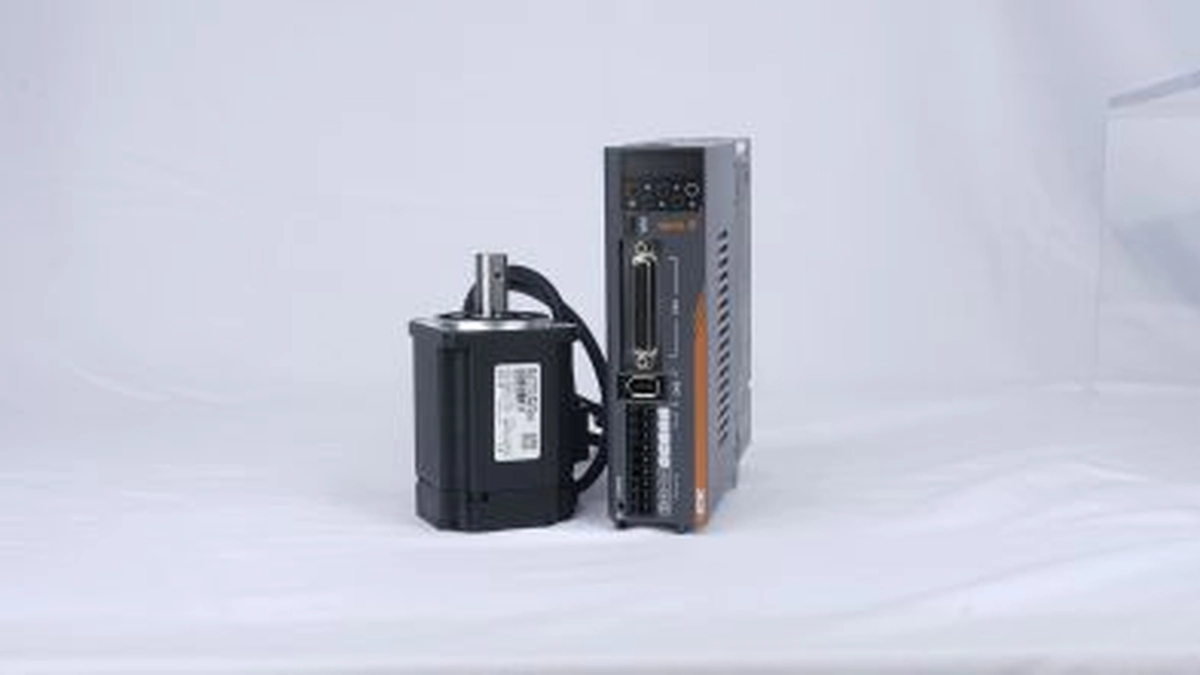How do servo motors work?
2023-05-30 17:21:24
Servo motors are integral components in control systems, providing effective management of a device's angular or linear position, velocity, and acceleration. This capability is achieved through feedback signals from sensors, such as potentiometers or encoders, which enables the precise adjustment of electrical current to the motor, thus steering the device towards the desired position.
The Fundamentals of Servo Motor Operation
The basic operation of a servo motor is characterized by its rotor and stator interaction. The rotor, which is the motor's rotating segment, often takes the form of a permanent magnet attached to the motor shaft. Conversely, the stator, the stationary segment of the motor, comprises a series of coils or windings arranged in a specific pattern and energized by the power source.

When the stator windings receive an electric current, they generate a magnetic field that interacts with the rotor's magnetic field. This interaction induces the rotation of the rotor, thereby producing mechanical motion. The direction and speed of the rotor's rotation can be precisely controlled by varying the direction and magnitude of the current supplied to the stator windings.
Achieving Precision with Feedback Systems
A key feature of a servo motor is its implementation of a feedback system. This system utilizes a sensor to measure the device's actual position, comparing it with the target position. The feedback signal generated from this comparison is used to modulate the electric current directed to the stator windings. This modulation enables the rotor to move the device to its desired orientation.
For instance, should the target position of the device be to the left of its current location, the feedback system would instruct the servo motor to increase the current to the stator windings. This adjustment would enhance the stator's magnetic field, causing it to interact with the rotor's magnetic field and propel the rotor leftward, thus aligning the device with the intended position.
Once the device attains its target position, the feedback system signals the servo motor to reduce the current to the stator windings. This reduction slows down and eventually halts the rotor at the specified position. This continuous feedback loop ensures the servo motor maintains precise control over the device's angular or linear position as long as it operates.
Summary
In essence, servo motors employ the dynamic interplay between their rotor and stator to initiate mechanical movement. This operation is refined by a feedback system that compares the device's actual position to its desired position. Adjustments to the electrical current flowing to the stator windings enable the servo motor to drive the rotor towards achieving precise control over the device’s position, velocity, and acceleration. Through this intricate mechanism, servo motors stand as pivotal components in the realm of precision control systems.
See What Lunyee Can Do For You
Contact Us
- 8619149417743
- +86-0371-5562 0274
- [email protected]
- Zhengzhou, Henan Province, China
- Mon-Fri: 9:00 - 18:00




